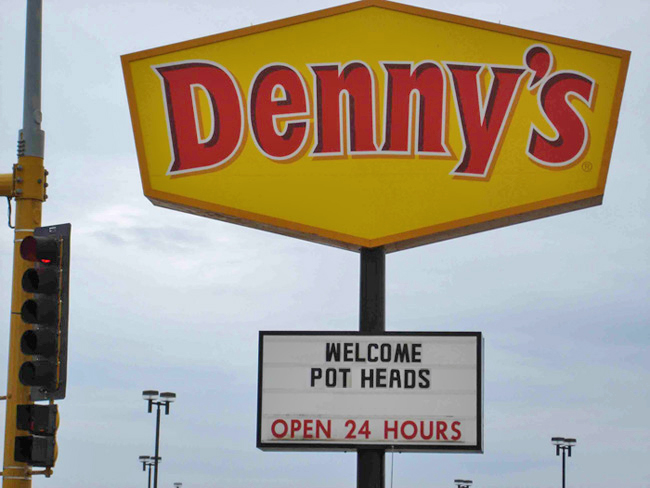Most of the U.S. mainstream food safety news coming through Google Alerts over the last week has been recycled and Chipotle-related.
Much of the focus has been on the business with the same questions are being asked by many journos: Will the fast casual Mexican restaurant rebound? What will happen to their stocks? When can we eat there again? Sorta lost in the media are the stories of the folks who went to grab a lunch and ended up ill. The folks that couldn’t go to work, missed life events and may have a long recovery. The affected have been digested down to a list of numbers.
UPI gets into the food safety list business and revisits stigma-creating events over the past 30+ years, here are some highlights:
McDonald’s (1982)
Nearly 50 people in Oregon and Michigan fell ill after eating burgers at McDonald’s. The confirmed outbreak was the first time E. coli O157:H7 was linked to food poisoning, but wouldn’t be the last time ground beef would be recalled for outbreaks of the dangerous pathogen, including Topps Meat Co. recalling nearly 22 million pounds in 2007 and Con Agra Foods pulling nearly 20 million pounds of ground beef in 2002.
Jack-in-the-Box (1993)
The 1993 Jack-in-the-Box outbreak occurred when more than 500 people became infected after eating undercooked beef patties associated with 73 restaurants in Washington, Idaho, California, and Nevada. Four children died and hundreds of customers were left with permanent injuries, including kidney damage, resulting in numerous lawsuits.
Kentucky Fried Chicken (1999)
In July of 1999, public health officials confirmed four Cincinnati-area Kentucky Fried Chickens were to blame for an outbreak of E. coli that led to 18 illnesses and at least 11 hospitalizations. Investigators identified poorly prepared coleslaw as the source of the contamination.
Sizzler (2000)
Two Sizzler restaurants in Wisconsin were responsible for 64 confirmed cases of E. coli and dozens of hospitalizations. Four patients developed hemolytic uremic syndrome, or HUS, a serious illness that can result in kidney failure. One child died. Officials linked the contamination back to watermelon, which was cross-contaminated with raw meat products. Eight years later, the family of the 3-year-old girl who died from exposure at a Sizzler restaurant reached a $13.5 million settlement with the company’s meat supplier.
Taco Bell (multiple)
In December, 2006, 71 illnesses linked to Taco Bell were reported to the CDC from five states: New Jersey, New York, Pennsylvania, Delaware, and South Carolina. Investigations indicated shredded lettuce was the likely source of the outbreak. Two years later, all Taco Bell restaurants in Philadelphia were temporarily closed and green onions removed from all 5,800 of its U.S. restaurants after tests indicated they were to blame for an E. coli outbreak that sickened at least five dozen people in New Jersey, New York and Pennsylvania.
Jimmy John’s (multiple)
In 2013, the Colorado Department of Public Health and Environment identified nine cases of E.coli O157:H7 in the Denver area linked to the consumption of Jimmy John’s sandwiches containing cucumbers imported from Mexico. This wasn’t the first time Jimmy John’s, based in Champaign, Ill., has been linked to an outbreak. Since 2008, the sandwich chain has been cited for serving contaminated sprouts at least five times.

 Add Jimmy John’s sprout sandwiches to the impervious to stigma list.
Add Jimmy John’s sprout sandwiches to the impervious to stigma list. beef and eggs, customers came back in a matter of weeks.
beef and eggs, customers came back in a matter of weeks..jpeg)